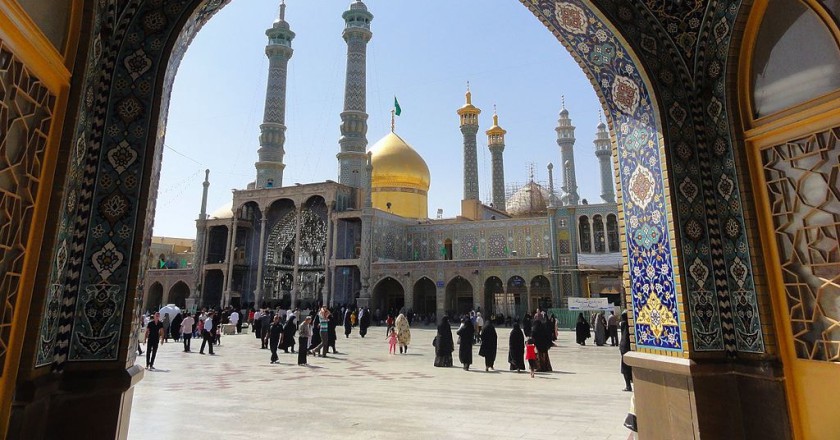Qom: In the religious capital of Iran, the Islamic revolution still holds a powerful sway even as once-unthinkable signs of modernity creep into the city of Qom to challenge the faithful.
Qom, a couple of hours drive south of Tehran, is one of Shiite Islam’s holiest sites, home to dozens of seminaries and many of its most prominent clerics, known as “sources of emulation”.
It was here that the first tremors of the Islamic revolution were felt, back in 1963, when a rising star of the clerical establishment, Ruhollah Khomeini, made a fiery speech attacking the shah over his US-backed reform programme.
A year later, Ayatollah Khomeini gave another speech from his home against the granting of diplomatic immunity to US military personnel which he said reduced “the Iranian people to a level lower than that of an American dog”.
Khomeini was sent into exile but the uprising he set in motion would lead to his triumphant return in February 1979, the toppling of the Shah and the establishment of the Islamic republic.
Today, his home and the peaceful courtyard where he delivered that sermon remain untouched.
“There’s no doubt he had a strong charisma but the main thing was that he spoke to everyone the same,” said Mohammad Yazdi, a former student of Khomeini who now runs the house.
“He was always polite. If anyone asked him a question on his way to the mosque, he would stop and answer them.”
While the house remains the same, the city around it has seen immense change, with the appearance of overpasses and high-rise buildings that were once anathema to a religious establishment who said they would violate the privacy of adjacent houses.
Hip new boutiques display life-size female mannequins in flashy evening dresses that would have attracted police attention just a few years ago.
Some of Qom’s real-life women can also be seen in tighter and more colourful clothes, even if the religiously-preferred black “chador” cloak remains the most common form of attire.
For Mehdi Aboutalebi, a cleric and doctor of political science at the influential Imam Khomeini Educational Research Institute in Qom, these societal changes are inevitable.
“There is a wave coming and it will be hard to stop it,” he told AFP.
“This is natural. With satellite TV and internet being easily accessible, Western modernity is entering the country more and more, that’s why Qom looks different from a few years ago,” he said.
But that doesn’t mean Islam has lost its appeal, he added, and indeed the holy shrine at the centre of Qom still holds sway over daily life its call to prayer heard throughout the city.
“Many of these changes you see are only on the surface. The depth of the religious identity of the society is still intact,” Aboutalebi said.
The revolution also helped establish Iran on the world map, says a colleague at the research centre, Ebrahim Hosseini, who is also the Friday prayers leader in the city of Saveh.
“The most important effect was that Muslims and Iranians found an identity in the world. So much so that now even the President of the United States feels obliged to congratulate Iranians on Eid-ul-Fitr or Nowrooz,” he said.
Lately, however, the biggest social change has been the spread of internet communications, challenging the traditional control of the pulpit and the clerics over information and the interpretation of current events.
